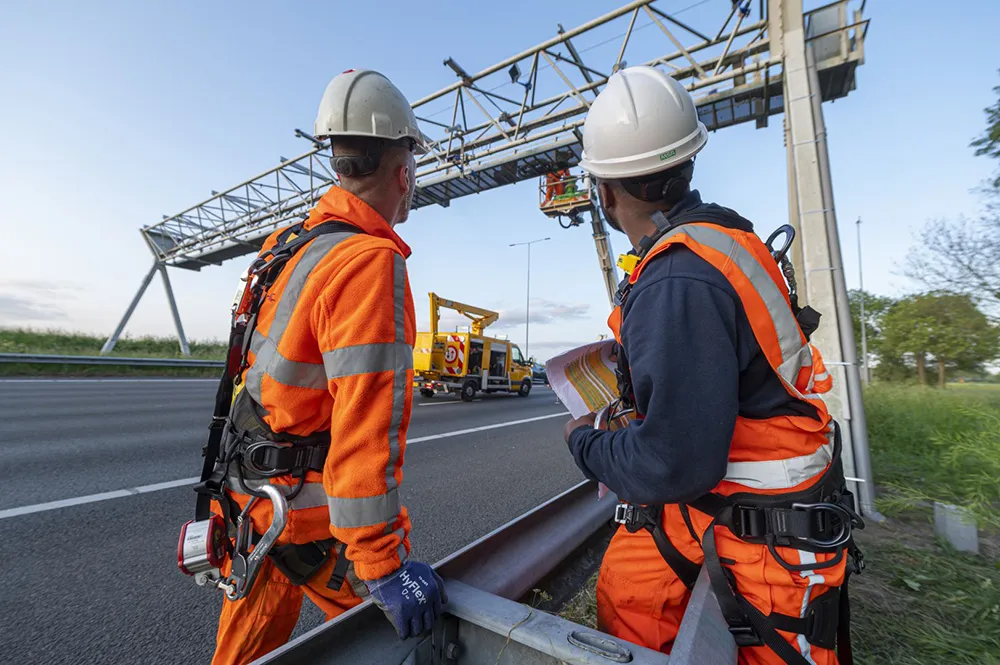Civil engineering firm Britcon has completed works for a new US$8.8 million state-of-the-art toll collection facility on the Humber Bridge to replace the toll collection system which was installed in 1981. The new collection system will include one of the first open road tolling arrangement to be installed in the UK, where vehicles do not need to stop while driving through the toll plaza.
Britcon undertook full infrastructure works for the project on behalf of Sociedad Ibérica de Construcciones Eléctrica
October 17, 2014
Read time: 2 mins
Civil engineering firm Britcon has completed works for a new US$8.8 million state-of-the-art toll collection facility on the Humber Bridge to replace the toll collection system which was installed in 1981. The new collection system will include one of the first open road tolling arrangement to be installed in the UK, where vehicles do not need to stop while driving through the toll plaza.
Britcon undertook full infrastructure works for the project on behalf of Sociedad Ibérica de Construcciones Eléctricas (6770 SICE), a leading specialist consulting with the Humber Bridge Board on intelligent transport and environmental control systems. SICE is now progressing installation of the electronics and expects to complete the entire project by summer 2015.
Britcon was contracted to manage the decommissioning of the existing toll provision, supply and install a temporary toll system during the construction process and design and construct the new facility in its entirety. This included major alterations to the existing highway and open road toll lanes, construction of the toll plaza housing structures and collection system equipment.
The new facility will also reduce the number of booths from the existing six, to three in each direction with automatic barriers. The system uses the RFID-based 'HumberTag' that is read each time the customer passes through the toll booths, allowing them to drive straight through without interruption.
Britcon managing director, Paul Clarkson, said, “The existing toll collection system was installed in 1981 and as such the technology was becoming obsolete and high maintenance.
"The new and innovative collection system includes one of the first open-road tolling arrangements to be installed in the UK, where vehicles do not need to stop while driving through the toll plaza. They are billed through electronic methods via tags tied to a Humber Bridge toll account.”
Britcon undertook full infrastructure works for the project on behalf of Sociedad Ibérica de Construcciones Eléctricas (
Britcon was contracted to manage the decommissioning of the existing toll provision, supply and install a temporary toll system during the construction process and design and construct the new facility in its entirety. This included major alterations to the existing highway and open road toll lanes, construction of the toll plaza housing structures and collection system equipment.
The new facility will also reduce the number of booths from the existing six, to three in each direction with automatic barriers. The system uses the RFID-based 'HumberTag' that is read each time the customer passes through the toll booths, allowing them to drive straight through without interruption.
Britcon managing director, Paul Clarkson, said, “The existing toll collection system was installed in 1981 and as such the technology was becoming obsolete and high maintenance.
"The new and innovative collection system includes one of the first open-road tolling arrangements to be installed in the UK, where vehicles do not need to stop while driving through the toll plaza. They are billed through electronic methods via tags tied to a Humber Bridge toll account.”









